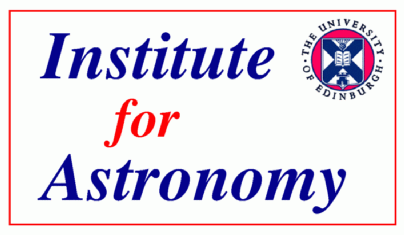

Related Links:IGM simulations |
Origin of the UV backgroundA key question is the origin of the radiation background of ultra-violet photons responsible for ionising the hydrogen and helium in the Intergalactic Medium. There are in fact two distinct questions regarding the ionisation of the IGM: (i) What is the source of photons that maintain the ionisation of the Lyα forest against radiative recombinations? and (ii) What is the source of photons responsible for the original reionisation of the IGM after the recombination era? The most likely sources of ionising photons are young hot stars in galaxies and QSOs. The sources that reionised the IGM need not be the same sources which maintain the ionisation at a later epoch. The process by which the IGM became reionised is currently a major unsolved problem in the cosmological history of the Universe. It is becoming clear that the nature of the sources which dominate the ionising background at later epochs (z < 6), once the Universe has been reionised, changes with redshift.
The metagalactic ionisation rate
Constraints on the sources of the UV backgroundFixing the ionisation fraction of the IGM through simulations permits a self-consistent prediction to be made for the required source emissivity (the total rate of energy generation per unit volume). The emissivity required to reproduce the inferred background photoionisation field lies within a factor of two of the estimated contribution from QSOs alone. This does not preclude a large contribution coming from galaxies or some as yet undetected class of sources (e.g., globular star clusters, low-luminosity AGN, or some more exotic sources). Discovering very dim sources, or even the photoionizing contribution from galaxies, is very difficult due to the faint flux levels involved. Recent measurements of Lyman Break Galaxies at z = 3 suggest these sources may be able to make up much, and possibly all, of the deficit (Shapley et al. 2006, ApJ, 651, 688). The sources which dominate the UVB at z < 6 may not be the same class of objects as those which reionised the IGM at z > 6. The counts of QSOs show that the sum total QSO ionising photon production rate lies far below the required rate to photoionise all the hydrogen in the IGM within a Hubble time. The nature of the sources which ionised the IGM remains one of the paramount unsolved mysteries of modern cosmology. A yet more ambitious proposal, but spectacular
if realized, is to detect the onset of the ionization process directly
through 21cm measurements at high
redshift, achievable using the
Low Frequency Array LOFAR or a Square Kilometre Array. |